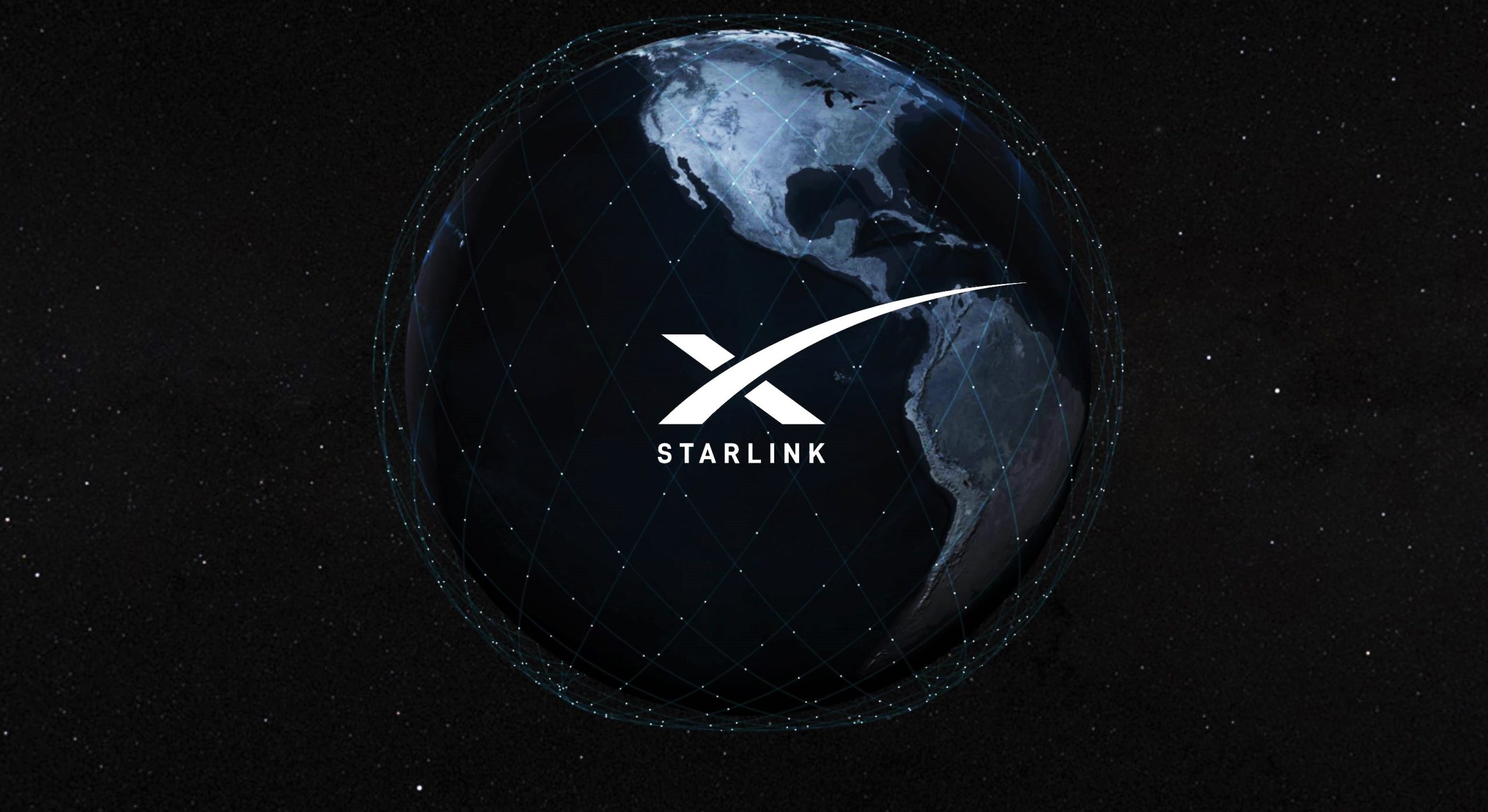
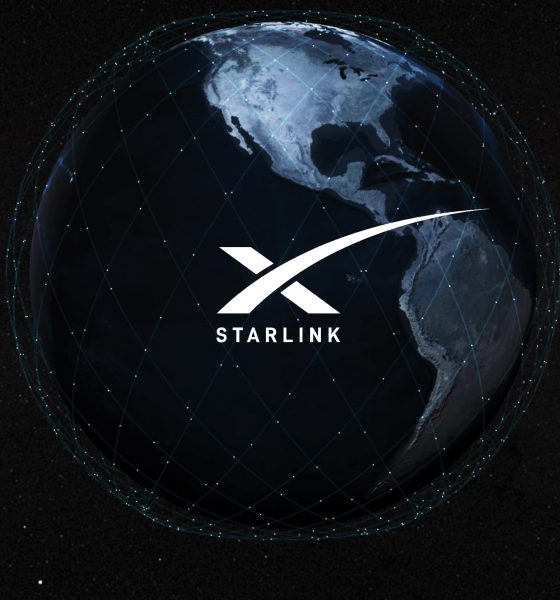
News
SpaceX’s Starlink internet a step closer to customers as “user terminal” hiring ramps up
As SpaceX prepares to kick off an aggressive Starlink launch campaign in the next month or two, the company is also aggressively hiring build teams that will engineer and mass-produce crucial ground-based hardware, ranging from ground stations and mobile applications to the “user terminals” that will go in customer homes.
The proposed Starlink satellite internet constellation will be comprised of up to 12,000 satellites in low Earth orbit (LEO) and is designed to provide low latency high-speed broadband internet service the world over. Company CEO Elon Musk has previously discussed that a major focus of the constellation would be to provide reliable and fast internet service to rural and remote locations where existing service may be far too expensive or unreliable.

Over the last 6-12 months, an array of job listings have advertised well over a hundred new positions related to Starlink, with a recent trend towards prioritization of user terminal production at SpaceX’s Hawthorne, CA headquarters. SpaceX is also looking to expand its software development workforce to mature the software needed for user terminals and create a range of other customer-facing products, including a “Starlink Mobile” app for both Android and iOS devices.
Similar to current satellite TV and internet solutions, SpaceX’s Starlink internet service will require ground-based receivers – “user terminals” – at their location of use. By all appearances, SpaceX may also have plans to integrate a WiFi router directly into the terminal to make the user experience as seamless as possible, but it’s just as likely that SpaceX will simply include ports for users to connect their own routers. Musk has previously stated that the user terminals will use phased arrays antennas that will allow them to stay motionless on the ground while electronically ‘steering’ to ensure the best possible satellite connection.
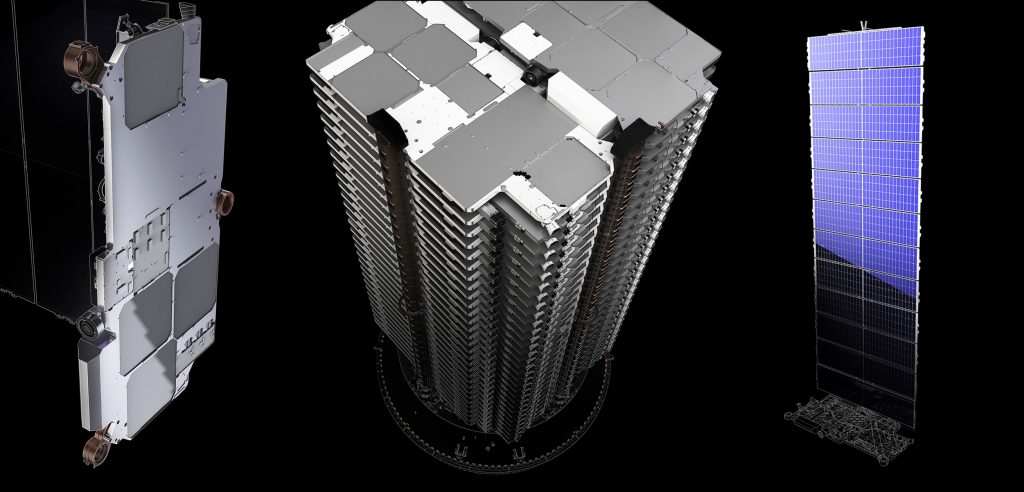
The user terminals will be the connect-all hardware point that will “sit in (Starlink) customers’ homes” to “bridge the gap between OS software, flight software, antenna software, and modem software.” Presumably, the User Terminals will be far more advanced than current access modems and will also encompass a router that would allow satellite wifi service throughout the area of access. Past statements indicate that SpaceX intends for the terminals to be roughly the size of a small pizza box.
In line with user terminal planning, SpaceX has also begun hiring developers for a Starlink Mobile application. This will enable customers to enjoy “a seamless experience managing their accounts and internet access”, presumably offering something akin to the experience that current Tesla customers have with Tesla’s mobile apps.
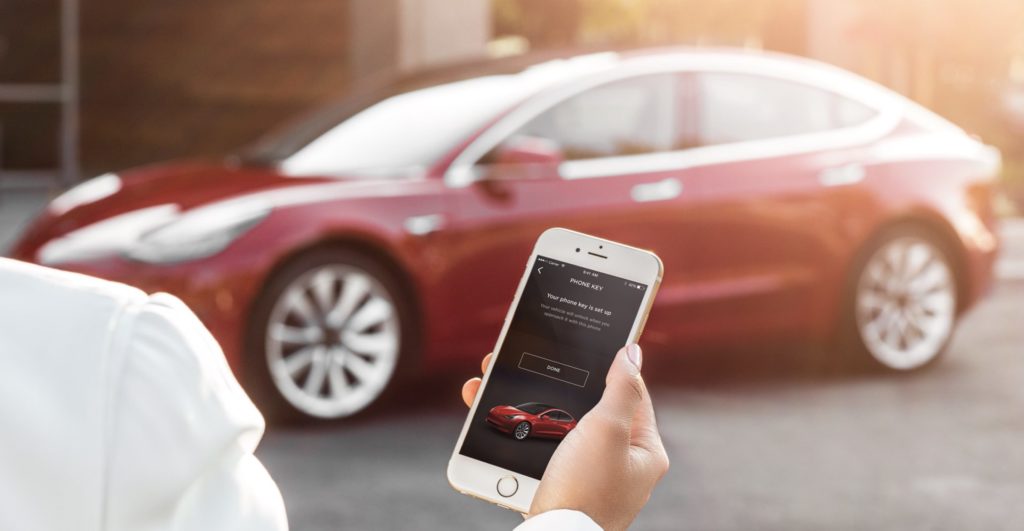
The current Tesla app is a comprehensive experience that allows user monitoring and customization of every aspect of their Tesla products inclusing vehicles and Powerwall energy systems. The experience guides the user from set-up to everyday use of their various Tesla products.
From the senior software engineer job listing, it can be assumed that the Starlink Mobile app will be comparable to the Tesla app. The advertised position will “bring to life the mobile portal into Starlink.” It’s very likely that the Starlink Mobile app will allow the user to monitor device connections, download and upload speeds, and other customer-specific experiences such as account access and billing. The app will be built completely in-house and from the ground up to ensure that it is specified and tailored to meet the various requirements of a comprehensive and quality customer experience.
SpaceX is expected to ramp up the development and manufacturing of all Starlink supportive ground systems within the coming weeks and months. The advertised positions are all located in California – the software development and manufacturing of User Terminal Teams based in Hawthorne while the mobile application software engineer position is located in Los Angeles.
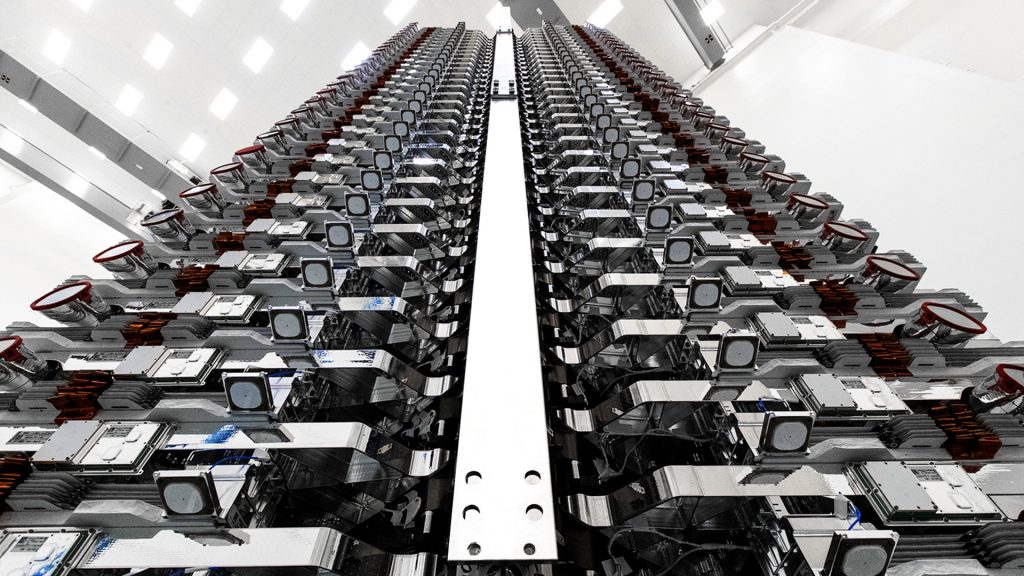
According to President and COO Gwynne Shotwell, SpaceX aspires to launch 2-4 more missions in 2019 and as many as 24 dedicated Starlink missions in 2020 alone, roughly translating to a Starlink launch ever two weeks. Customer launches would occur in the interim and SpaceX has made it clear that customers will come first, with Starlink missions then filling in the gaps left in SpaceX’s commercial manifest.
SpaceX ultimately believes that it can begin serving customers after as few as 6-8 launches with 60 Starlink satellites apiece, while initial global coverage will require 24 launches. Beyond those milestones, more launches (involving anywhere from 10,000 to 40,000+ additional satellites) would simply add bandwidth and allow SpaceX to expand its customer base and distribute additional capacity based on demand.
SpaceX’s next two Starlink missions are scheduled to launch no earlier than mid-November and December 2019.
Check out Teslarati’s newsletters for prompt updates, on-the-ground perspectives, and unique glimpses of SpaceX’s rocket launch and recovery processes.

News
Tesla (TSLA) receives “Buy” rating and $551 PT from Canaccord Genuity
He also maintained a “Buy” rating for TSLA stock over the company’s improving long-term outlook, which is driven by autonomy and robotics.

Canaccord Genuity analyst George Gianarikas raised his Tesla (NASDAQ:TSLA) price target from $482 to $551. He also maintained a “Buy” rating for TSLA stock over the company’s improving long-term outlook, which is driven by autonomy and robotics.
The analyst’s updated note
Gianarikas lowered his 4Q25 delivery estimates but pointed to several positive factors in the Tesla story. He noted that EV adoption in emerging markets is gaining pace, and progress in FSD and the Robotaxi rollout in 2026 represent major upside drivers. Further progress in the Optimus program next year could also add more momentum for the electric vehicle maker.
“Overall, yes, 4Q25 delivery expectations are being revised lower. However, the reset in the US EV market is laying the groundwork for a more durable and attractive long-term demand environment.
“At the same time, EV penetration in emerging markets is accelerating, reinforcing Tesla’s potential multi‑year growth runway beyond the US. Global progress in FSD and the anticipated rollout of a larger robotaxi fleet in 2026 are increasingly important components of the Tesla equity story and could provide sentiment tailwinds,” the analyst wrote.
Tesla’s busy 2026
The upcoming year would be a busy one for Tesla, considering the company’s plans and targets. The autonomous two-seat Cybercab has been confirmed to start production sometime in Q2 2026, as per Elon Musk during the 2025 Annual Shareholder Meeting.
Apart from this, Tesla is also expected to unveil the next-generation Roadster on April 1, 2026. Tesla is also expected to start high-volume production of the Tesla Semi in Nevada next year.
Apart from vehicle launches, Tesla has expressed its intentions to significantly ramp the rollout of FSD to several regions worldwide, such as Europe. Plans are also underway to launch more Robotaxi networks in several more key areas across the United States.
News
Waymo sues Santa Monica over order to halt overnight charging sessions
In its complaint, Waymo argued that its self-driving cars’ operations do not constitute a public nuisance, and compliance with the city’s order would cause the company irreparable harm.

Waymo has filed a lawsuit against the City of Santa Monica in Los Angeles County Superior Court, seeking to block an order that requires the company to cease overnight charging at two facilities.
In its complaint, Waymo argued that its self-driving cars’ operations do not constitute a public nuisance, and compliance with the city’s order would cause the company irreparable harm.
Nuisance claims
As noted in a report from the Los Angeles Times, Waymo’s two charging sites at Euclid Street and Broadway have operated for about a year, supporting the company’s growing fleet with round-the-clock activity. Unfortunately, this has also resulted in residents in the area reportedly being unable to sleep due to incessant beeping from self-driving taxis that are moving in and out of the charging stations around the clock.
Frustrated residents have protested against the Waymos by blocking the vehicles’ paths, placing cones, and “stacking” cars to create backups. This has also resulted in multiple calls to the police.
Last month, the city issued an order to Waymo and its charging partner, Voltera, to cease overnight operations at the charging locations, stating that the self-driving vehicles’ activities at night were a public nuisance. A December 15 meeting yielded no agreement on mitigations like software rerouting. Waymo proposed changes, but the city reportedly insisted that nothing would satisfy the irate residents.
“We are disappointed that the City has chosen an adversarial path over a collaborative one. The City’s position has been to insist that no actions taken or proposed by Waymo would satisfy the complaining neighbors and therefore must be deemed insufficient,” a Waymo spokesperson stated.
Waymo pushes back
In its legal complaint, Waymo stated that its “activities at the Broadway Facilities do not constitute a public nuisance.” The company also noted that it “faces imminent and irreparable harm to its operations, employees, and customers” from the city’s order. The suit also stated that the city was fully aware that the Voltera charging sites would be operating around the clock to support Waymo’s self-driving taxis.
The company highlighted over one million trips in Santa Monica since launch, with more than 50,000 rides starting or ending there in November alone. Waymo also criticized the city for adopting a contentious strategy against businesses.
“The City of Santa Monica’s recent actions are inconsistent with its stated goal of attracting investment. At a time when the City faces a serious fiscal crisis, officials are choosing to obstruct properly permitted investment rather than fostering a ‘ready for business’ environment,” Waymo stated.
News
Tesla FSD v14.2.2 is getting rave reviews from drivers
So far, early testers have reported buttery-smooth drives with confident performance, even at night or on twisty roads.

Tesla Full Self-Driving (Supervised) v14.2.2 is receiving positive reviews from owners, with several drivers praising the build’s lack of hesitation during lane changes and its smoother decision-making, among others.
The update, which started rolling out on Monday, also adds features like dynamic arrival pin adjustment. So far, early testers have reported buttery-smooth drives with confident performance, even at night or on twisty roads.
Owners highlight major improvements
Longtime Tesla owner and FSD user @BLKMDL3 shared a detailed 10-hour impression of FSD v14.2.2, noting that the system exhibited “zero lane change hesitation” and “extremely refined” lane choices. He praised Mad Max mode’s performance, stellar parking in locations including ticket dispensers, and impressive canyon runs even in dark conditions.
Fellow FSD user Dan Burkland reported an hour of FSD v14.2.2’s nighttime driving with “zero hesitations” and “buttery smooth” confidence reminiscent of Robotaxi rides in areas such as Austin, Texas. Veteran FSD user Whole Mars Catalog also demonstrated voice navigation via Grok, while Tesla owner Devin Olsen completed a nearly two-hour drive with FSD v14.2.2 in heavy traffic and rain with strong performance.
Closer to unsupervised
FSD has been receiving rave reviews, even from Tesla’s competitors. Xpeng CEO He Xiaopeng, for one, offered fresh praise for FSD v14.2 after visiting Silicon Valley. Following extended test drives of Tesla vehicles running the latest FSD software, He stated that the system has made major strides, reinforcing his view that Tesla’s approach to autonomy is indeed the proper path towards autonomy.
According to He, Tesla’s FSD has evolved from a smooth Level 2 advanced driver assistance system into what he described as a “near-Level 4” experience in terms of capabilities. While acknowledging that areas of improvement are still present, the Xpeng CEO stated that FSD’s current iteration significantly surpasses last year’s capabilities. He also reiterated his belief that Tesla’s strategy of using the same autonomous software and hardware architecture across private vehicles and robotaxis is the right long-term approach, as it would allow users to bypass intermediate autonomy stages and move closer to Level 4 functionality.








